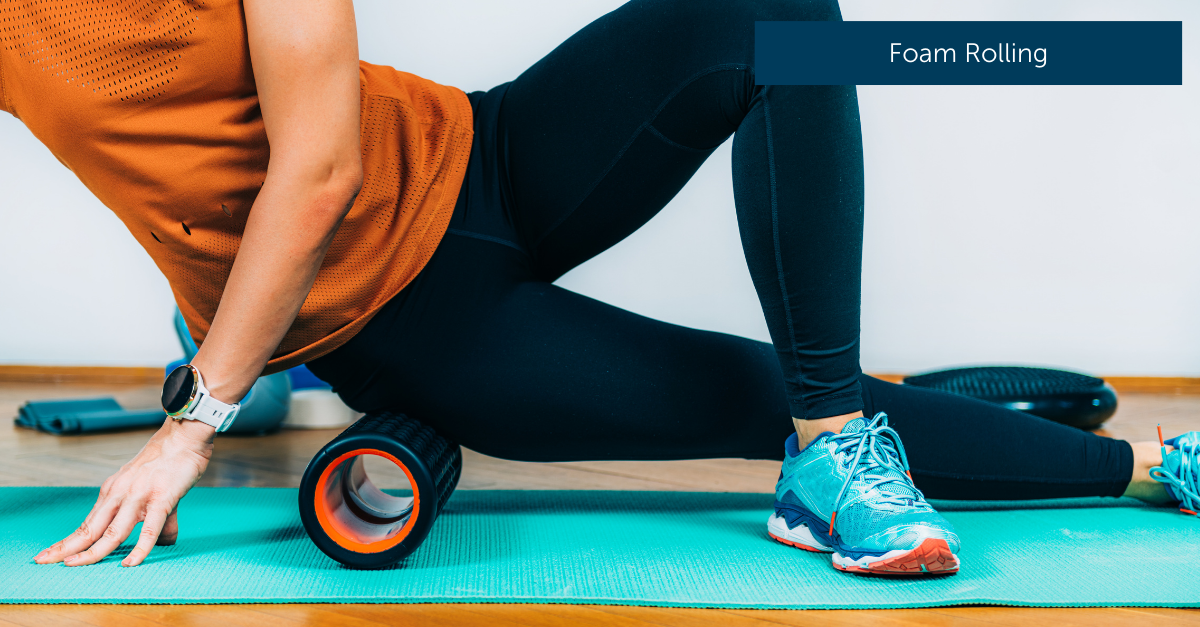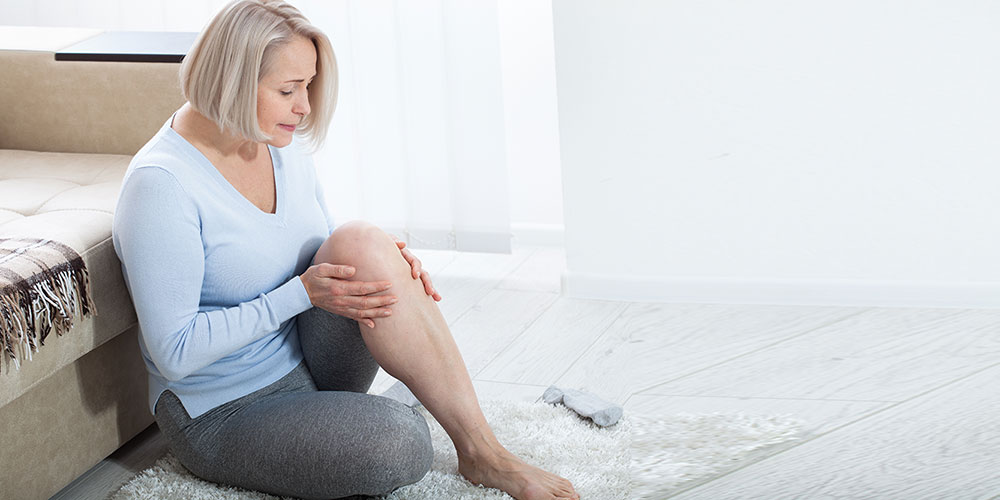Make an Appointment
Tennis incorporates a lot of running, swinging, and sudden changes in direction. Not only do these movements require strength and mobility, but they also make players prone to injuries.
Here, we’re sharing the benefits of tennis stretching as well as some stretching exercises for tennis players to work on with a sports physiotherapist at Physio Inq. Let’s get into it!
Most-Used Muscles in Tennis
Tennis is truly a full-body sport. So, you can’t really go wrong with a full-body stretching routine before and after playing tennis.
However, to figure out the best tennis stretching routine, it’s important to understand which muscles are used the most while playing tennis. These muscles include:
- Abdominals and obliques
- Quadriceps, hips, and calf muscles
- The rotator cuff in the shoulder
- Pectorals, biceps, deltoids, and forearm muscles
- Trapizeus, latissimus dorsi, and triceps
Focusing on these muscle groups can help you make the most of your tennis stretching program.
Benefits of Tennis Stretching
Many tennis players overlook the importance of warming up before a match and cooling down afterwards. The truth is, tennis stretching has many benefits including:
- Maximised performance during a match
- Injury prevention to keep you on the court
- Better posture and reduced back pain
- Better muscular balance
- Improvements in overall energy
- More longevity as a tennis player
Tennis stretching will help you play better and remain a player for longer. So, if you’re serious about playing tennis and doing it well, warm-ups and cool-downs should never be skipped.
Best Stretches to Do Before Tennis
The best type of stretching to do before playing tennis is known as dynamic stretching. Dynamic stretching incorporates movement.
This might include a little bit of cardio, then exercises to improve your range of motion.
- Start with 3-5 minutes of simple cardio like jogging in place, jumping jacks, or skipping to increase your heart rate.
- Move onto dynamic stretches like simple squats, arms circles, and reverse lunges.
- Last, you might incorporate what’s called shadowing where you practise actual tennis moves off the court. This can help your body get into the groove of moving in specific ways that you’ll use during a match.
Work with your tennis coach or an exercise physiologist to help you come up with a solid tennis warm-up for better results on the court.
Best Stretches to Do After Tennis
After a tennis match, static stretching is your best bet. As opposed to dynamic stretching, static stretches don’t incorporate movement. They’re meant to be held for a few minutes to improve flexibility and cool down the body.
Examples of static stretching include:
- Tennis back exercises such as supine twists
- Calf muscle and Achilles tendon stretches
- Tennis elbow stretches
- Cross shoulder stretches
- Chest stretches
- Quad and hip flexor stretches
- Hip stretches like a supine figure four stretch
Work with a tennis coach or exercise physiologist to ensure proper form and safe exercise techniques to get the most out of your tennis stretching routine. Below are a few examples of each kind of stretch.
Supine Twist
- Lie on your back with your knees bent and drawn towards your chest.
- Gently bring your knees to the right side, keeping them bent, allowing your legs to rest on the floor beside you.
- Extend your arms out to either side with your palms face down on the floor.
- If it’s available, turn your head to reach your left ear toward the floor.
- Breathe deeply and after a few minutes, return your legs to the centre and repeat on the left.
Calf/Achilles Tendon Stretch
- Place both hands on a wall and step back into a lunge position, keeping your wrists in line with your shoulders.
- Keep the back leg extended to find a deep stretch in the calf muscle and Achilles tendon.
- Switch legs to stretch on the other side.

Tennis Elbow Stretch
- Extend one arm out straight in front of you with your palm facing down and your wrist in line with your shoulder.
- Bend your wrist so that your fingers point down.
- Use your opposite hand to apply gentle pressure to your wrist, feeling a stretch in your forearm.
- Hold for 30 seconds before switching sides.
Cross Shoulder Stretch
- Extend your right arm and take it across your chest, parallel to the floor.
- Use your left hand to gently apply pressure to your upper arm while keeping your right shoulder down and away from your ears.
- Hold for 30 seconds before switching to the other side.

Chest Stretch
- Keeping your chest lifted, clasp your hands behind your back.
- Aim to reach your wrists together and extend your arms so that your knuckles are reaching toward the floor.
- After 30 seconds, release and repeat.
Quad/Hip Flexor Stretch
- Holding onto a wall or chair for support, bend your right knee and grab your right ankle behind you with your right hand.
- Keep both knees aligned without arching your back as best you can, feeling a deep stretch in your quad and hip flexor.
- Hold for 30 seconds, release, and switch sides.

Supine Figure Four
- Lie on your back with your knees bent and your feet planted on the floor.
- Lift your right leg and cross your right ankle over your left knee, with your right knee pointing towards the right wall.
- Reach your hands behind your left thigh and gently pull your left knee towards your chest.
- Hold for a few minutes before switching to the other side.
Foam Rolling
- Foam rolling is another great exercise to do after playing tennis.
- Foam rolling is a form of self-myofascial massage that loosens up any lactic acid build-up in your muscles, massaging your myofascia (the thin layer of tissue that surrounds your muscles).
- Foam rolling is known to prepare your body for recovery, reduce soreness, and help your muscles repair themselves quicker.

Whether you’re looking to prevent common tennis injuries or you want to improve your performance on the court, these tennis stretches can help.
Our sports physiotherapists can help assess your current muscle imbalances and create a personalised stretching routine for tennis players that get actual results.
Come into one of our convenient clinics throughout Australia or make use of our mobile physio services. Book an appointment with Physio Inq today and take your tennis skills to the next level!
Date Published: Wednesday, February 17, 2021
Date Modified: Tuesday, July 2, 2024
Locate a Mobile Exercise Physiology
Service Near me
Get the experience & convinence you deserve to support your or a loved one's allied health needs.
Our Mobile Exercise Physiology team are currently serving & taking appointments in the following states and regions in Australia:
New South Wales
- Blacktown
- Blue Mountains
- Campbelltown And Macarthur
- Canterbury-Bankstown
- Central Coast
- Eastern Suburbs Sydney
- Georges River
- Hawkesbury
- Inner East Sydney
- Inner West Sydney
- Lower North Shore
- Newcastle
- Northern Beaches
- North Sydney
- Parramatta
- Penrith
- South West Sydney
- Sutherland Shire
- Sydney CBD
- The Hills Shire
- Upper North Shore
- Waverley
- Wollongong
Tasmania
Victoria
Need to get into direct contact with ur Client Services team? We're all ears. Call our team directly on 1300 731 733





















